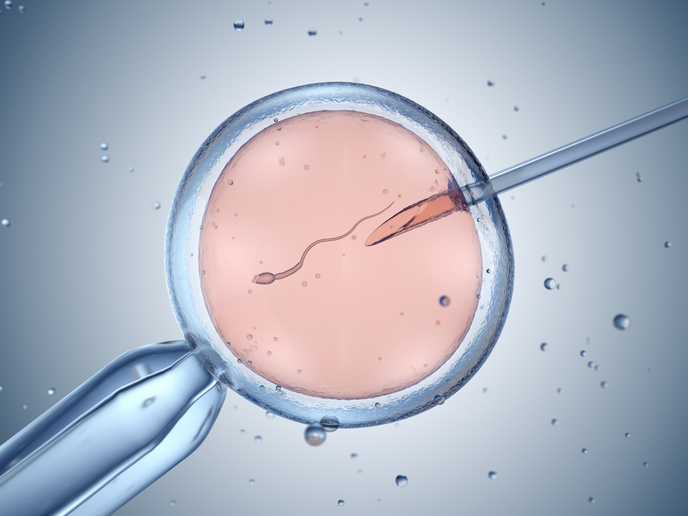Medically assisted reproduction’s impact on family well-being
Medically assisted reproduction (MAR) is one of the most important achievements of medical science in the last generation. In developed countries, the number of MAR treatments increases every year. In fact, over the last four decades, more than five million MAR-conceived children have been born, and many more families have received treatment. “Given this trend, it is a public health priority to understand how MAR affects the well-being of families,” says Alice Goisis(opens in new window), a professor of Demography and research director at University College London’s(opens in new window) Centre for Longitudinal Studies. With the support of the EU-funded MARTE(opens in new window) project, Goisis conducted cutting-edge research, the first of its kind to comprehensively analyse the effects of MAR on children, adults and families. Specifically, the project looked at the health and life course outcomes of adults undergoing MAR, the health and social outcomes of MAR-conceived children, and the quality of parent-child relationships.
Combining large-scale population data with quantitative methods
Whereas most of the previous work looking at the impact of MAR on family well-being used small or convenience samples, MARTE used extremely detailed and large datasets from population registers and surveys, including the United Kingdom’s Millennium Cohort Study(opens in new window) and population registers from Nordic countries and the United States. “This innovative combination of large-scale population data with rigorous quantitative methods and causal designs allowed us to study MAR across the life course, including unsuccessful treatments,” explains Goisis. It also enabled researchers to isolate MAR effects from confounders such as subfertility and socio-economic status.
Important insights on medically assisted reproduction
The project found evidence that unsuccessful MAR has lasting, negative effects on the mental health of the adults and the stability of their relationship. However, having a child following MAR treatments does not carry such consequences. Researchers also determined that MAR-conceived children have worse birth outcomes, but that this is unlikely driven by the MAR treatments per se. Instead, it is more likely to be linked to infertility. “Nonetheless, despite higher risks of poorer birth outcomes, on average, MAR-conceived children have better cognitive and educational outcomes than naturally conceived children, mainly because they come from advantaged families,” notes Goisis. Other key findings include that the mental health challenges among MAR adolescents are small yet consistent across countries, and that there is no evidence of overprotective or conflictual parenting in MAR families. The project’s work has been published in over 20 high-quality journals and presented at major scientific conferences.
Potential to inform fertility treatment guidelines
By moving beyond early-life outcomes and narrow medical framings, the MARTE project has advanced how we understand MAR’s impact on families. “Our work informs fertility treatment guidelines, supports psychosocial care for MAR patients, contributes to public and policy debates and aligns with EU priorities on health equity, family well-being and reproductive rights,” concludes Goisis. Although the European Research Council(opens in new window) supported project is now finished, Goisis and her research team’s work continues. Not only is she extending the follow-up of the project’s MAR-conceived cohorts into adulthood, she also looks to collaborate with clinicians and policymakers to integrate the project’s findings into patient counselling and treatment efforts.



